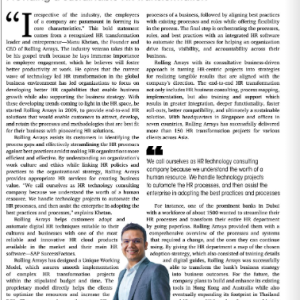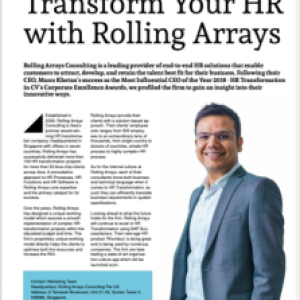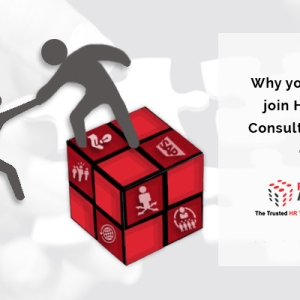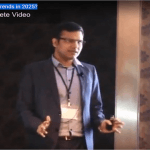Transforming HR to Create Strategic Value
Transforming HR to Create Strategic Value
[authorblog]
[postsociallinks]
HR Transformation is not a new concept. As a function, it has dramatically changed over the last two decades. From a Value Added administrative function, HR has evolved to a Value Creating function, where it contributes to the strategic direction of a company.
There are many dynamics to this progress but namely the changing of markets, talent shift and the rise of technology are the main reasons. Initially, companies adopted strategies that focused on the transactional components of HR operations – payroll, time recording and recruitment. Today, HR’s goal is simple – to create value by realizing efficiency.
How Rolling Arrays execute an organization’s HR Transformation Journey
Transform | Align | Automate
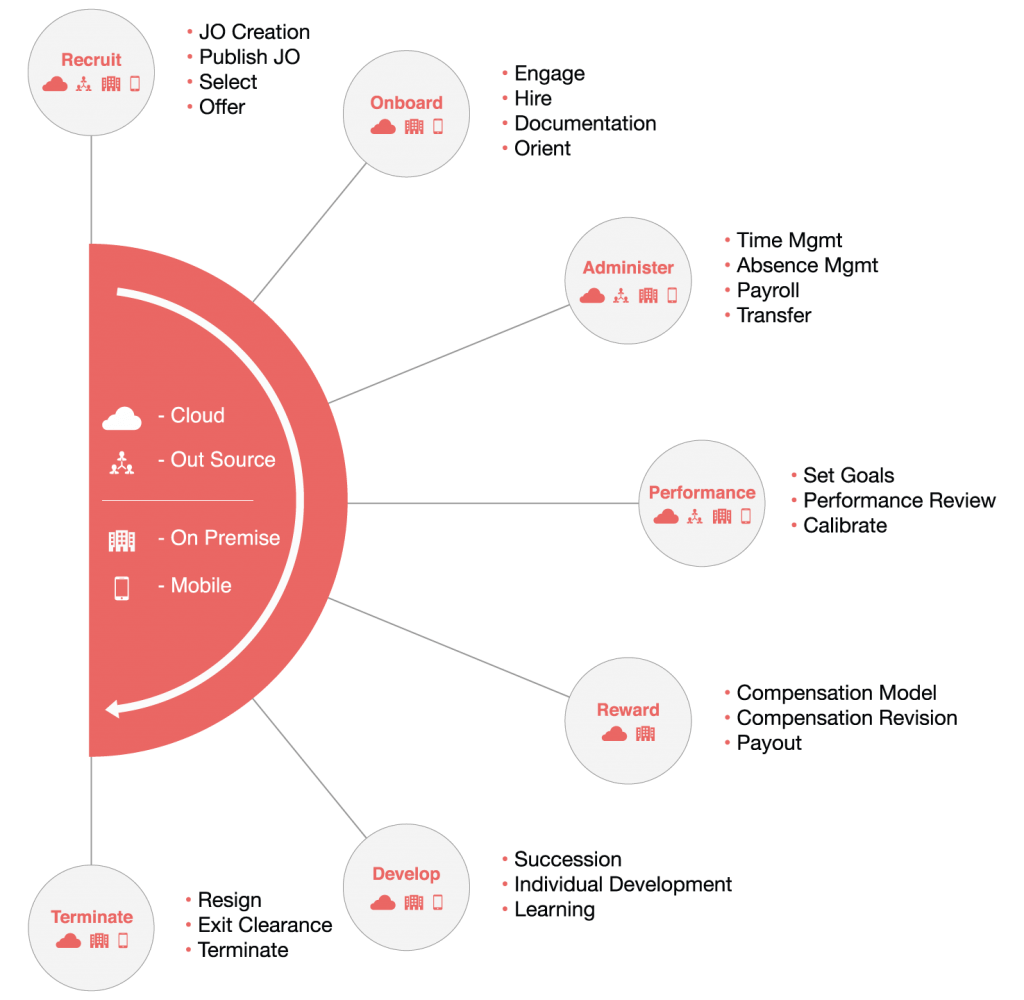
True transformation is more than automation.
Automation projects alone, although adding significant value to a business, were not generating the insights required to enable HR departments to play a leading role in the formulation of the company strategy. These projects helped change companies, but they fell short of creating true transformation.
True transformation happens when a company’s business needs and directions, their HR processes and functions are all streamlined against HR’s best practices. This alignment automated with a HR software has the potential to radically impact on real business results and drive total organizational success – both topline and bottomline.
As a SAP SuccessFactors HR solution specialist, and with a high number of implementations under our belt, Rolling Arrays has developed an intimate knowledge of what can and can’t be achieved with the platform. Time and time again, this knowledge has proved very valuable in helping clients hone a successful strategy.
Here at Rolling Arrays, one of the most common questions that we get asked by prospective clients is “what does a great HR transformation strategy look like?”
A great HR transformation strategy
Fortunately, in the 7 years that we have been in business, we’ve successfully completed over 50 SAP SuccessFactors implementations across Asia. Through this work we have been able to focus-in on what makes a great strategy – the 2 most important factors are:
- Map your requirements
No two businesses require the same solution – each company has unique challenges to solve. To create a strategy that will deliver on transformation, you need to have a very clear understanding of exactly what it is that you want to achieve and, this is critically important, how technology can be implemented to enable you to achieve that desired outcome.
All technology has limitations. Being aware of what those limitations are and how they will impact your project is often the difference between success and failure. - Define your performance processes
Knowing how to structure your compensation scheme to get the most from your workers is difficult. We’ve seen, through the work we have done with clients, a plethora of different approaches. Some work better than others.
Through observation we have identified that the starting point for all successful schemes is the same – begin the process by developing a comprehensive competency framework, which will enable you to achieve three things;- The alignment of rewards to the skills and behaviors that will help the company deliver on the overall strategy;
- To implement a performance management solution that tracks and reports on the progress that each team member is making.
- To implement succession planning that is informed not only by the skills required to do the job but also, by who in the organization has those skills.
When a company invests the effort to get these two things right – correctly mapping requirements to the capabilities of the platform and creating a competency framework that accurately defines the required skills and behaviors – they have put themselves in the best possible position to achieve a true HR transformation.
HR moving forward
HR is being viewed as an integral part of a business. Hence organizations the must adapt to reflect this change – namely in IT, workforce and performance management. New approaches can be adopted to not only improve HR processes, but also ultimately change the way we work in the future.
Intelligent services
Technology will continue to have a significant impact in the transformation of HR. Capabilities like service delivery will move from a series of individual and isolated self-services into easily implemented and adopted end-to-end intelligent services that cross software modules and integrate processes.
Total workforce management
Today’s global workforce is diversified than ever. It is experiencing rapid growth in non-traditional, contingent labor, and hence it is crucial for companies to adapt their strategies to this new-age working trend. Total workforce management aligns business needs and projects with the required expertise. In doing so, companies are able to optimize their workforce by having an overview of their people and better connect the top talents across business.
Performance management
Gone are the days of the simple performance appraisal approach. Companies need to adapt to the performance management process – a comprehensive, flexible and continuous process of setting objectives, assessing progress and providing on-going support to ensure that both the organization and its employees meet their objectives and career goals.
If you would like to learn more on how to map your requirements or to define your performance processes, please get in contact as we are more than happy to share the valuable knowledge that we have gained over the past 7 years.
Rolling Arrays is Asia’s premier award winning HR transformation company, headquartered in Singapore with offices in 6 countries. Since its inception in transformation projects for more than 50 blue-chip clients across Asia. A consultative approach to HR processes, HR functions and HR software is Rolling Arrays core expertise and the primary catalyst for its success.
[likeblogpostbutton] [sharethisbuttons]



